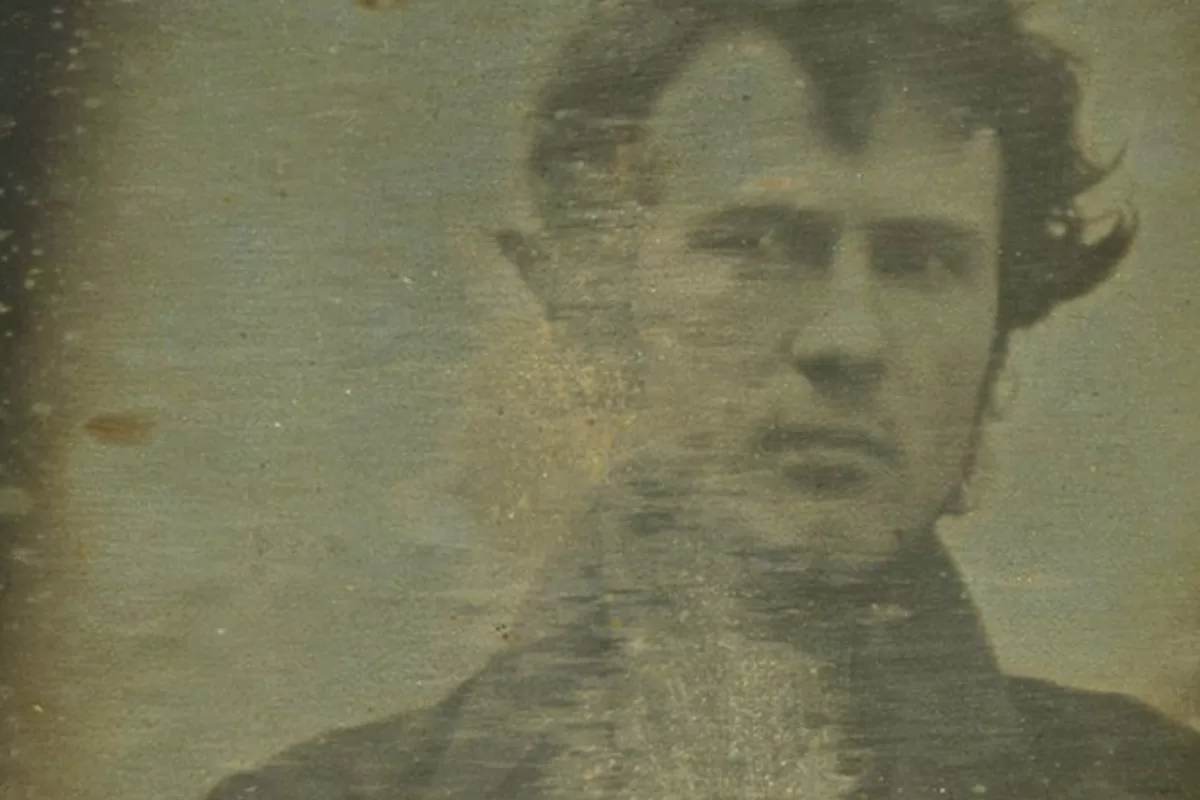Technology is such a big part of our lives that we often forget how full it is of quirky stories, unusual characters, and even names that came from totally unexpected situations. In this post, we’ve rounded up eight surprising (and fun) facts about the tech world. Get ready to discover things you probably never imagined.
The first web page is still online
Hard to believe, but it’s true! The very first web page ever created is still up and running. It was built by Tim Berners-Lee in 1991 and served as a guide about… the internet itself. The page is still live and shows exactly how it all began: no images, no videos, no pop-ups. Just plain text and links explaining the basics of the web.
It may look overly simple by today’s standards, but it was the beginning of everything. Despite its modest appearance, it’s a reminder that strong ideas start with solid structure.
In fact, simplicity with functionality is exactly what good developers deliver every day. That’s what NextAge helps build, teams that know how to balance innovation with a solid foundation.

The term “SPAM” came from a joke and a can of meat
Before it meant those annoying messages clogging your inbox, “spam” was (and still is) a famous canned meat brand in the U.S. But what does that have to do with emails?
The connection came from a Monty Python sketch where characters repeated the word “spam” over and over again, randomly and absurdly. Naturally, the internet ran with the joke. When unsolicited messages began flooding mailboxes, the term stuck.
Today, it represents anything sent in excess and without permission. A fun reminder of how pop culture and tech often go hand in hand.

Felt your phone vibrate? It probably didn’t
You could swear your phone buzzed in your pocket. You check it and nothing! This happens to a lot of people and actually has a name: phantom vibration syndrome. It’s when your brain misinterprets a sensation, often because you’re constantly expecting notifications.
It’s another sign of how connected we’ve become, and how our behavior keeps evolving with tech. Interesting (and slightly spooky), right?

The Mozilla Firefox mascot isn’t a fox
Despite the name, Firefox’s mascot isn’t a fox. It’s a red panda, also known in English as a “firefox.” The confusion is understandable: the animal is small, furry, reddish, and visually does resemble a fox.
This little detail became a classic example of how design and branding shape people’s perception. The visual identity was so well crafted that hardly anyone questioned it.

The world’s first programmer was a woman
Long before modern computers existed, in the 19th century, Ada Lovelace wrote the first algorithm in history. She collaborated with Charles Babbage on the design of the Analytical Engine and created a set of instructions it could follow to perform calculations. That secured her place as the first computer programmer ever.
This historical fact is more than a curiosity, it’s a reminder that technology has always had space for brilliant minds, even when that space was limited. Ada paved the way for millions of professionals who came after her.

Windows was almost called “Interface Manager”
Before becoming one of the most iconic operating systems in the world, Windows was almost named… Interface Manager. While technically accurate, the name didn’t have much personality. Microsoft eventually went with “Windows” to highlight the use of graphical windows that made the system easier to navigate.
That decision turned out to be a marketing win. The name caught on quickly and helped the OS become widely adopted, a great example of how tech success also depends on how it’s presented.

The first selfie dates back to 1839
Selfies might seem like an Instagram invention, but the concept is much older. The first known selfie was taken by Robert Cornelius in 1839. He set up the camera, opened the lens, ran into the frame, and stood still for over a minute until the image was captured.
The result? A black-and-white self-portrait with a bit of a “did that work?” expression. The photo stood the test of time and became a milestone in photography and digital pop culture.

The “404 error” may have started in a room
We’ve all come across the famous “404 error”, that page that just isn’t found. There are many theories about its origin, but one of the most popular involves CERN, the European research center where the web was born.
Legend has it that room 404 housed one of the early servers. When someone requested a file that no longer existed, the response was “not found.” The room number ended up becoming the code for that absence.
These days, the 404 has become almost a symbol of the internet. But it also serves as a warning: well-designed systems should prevent users from ever getting there. Good developers anticipate exceptions, handle errors, and make sure everything works, from front-end to back-end. That’s what NextAge teams do every day.

Did you like these curiosities?
Technology isn’t just about machines, code, and innovation, it’s also about stories, people, and culture. Knowing these curiosities helps us understand how far the tech world has come (and keeps evolving) with creativity, boldness, and great professionals.
At NextAge, we believe that tech is made by people and for people. If you want to build efficient digital solutions, we’re here to help. Our IT teams are complete and tailored with the technical and behavioral profile your project needs.






